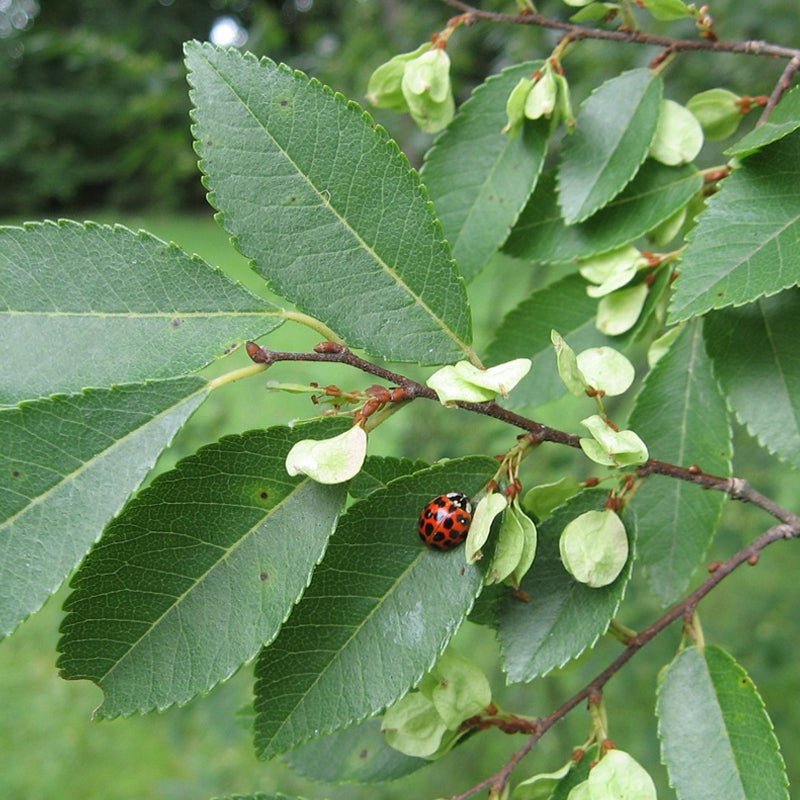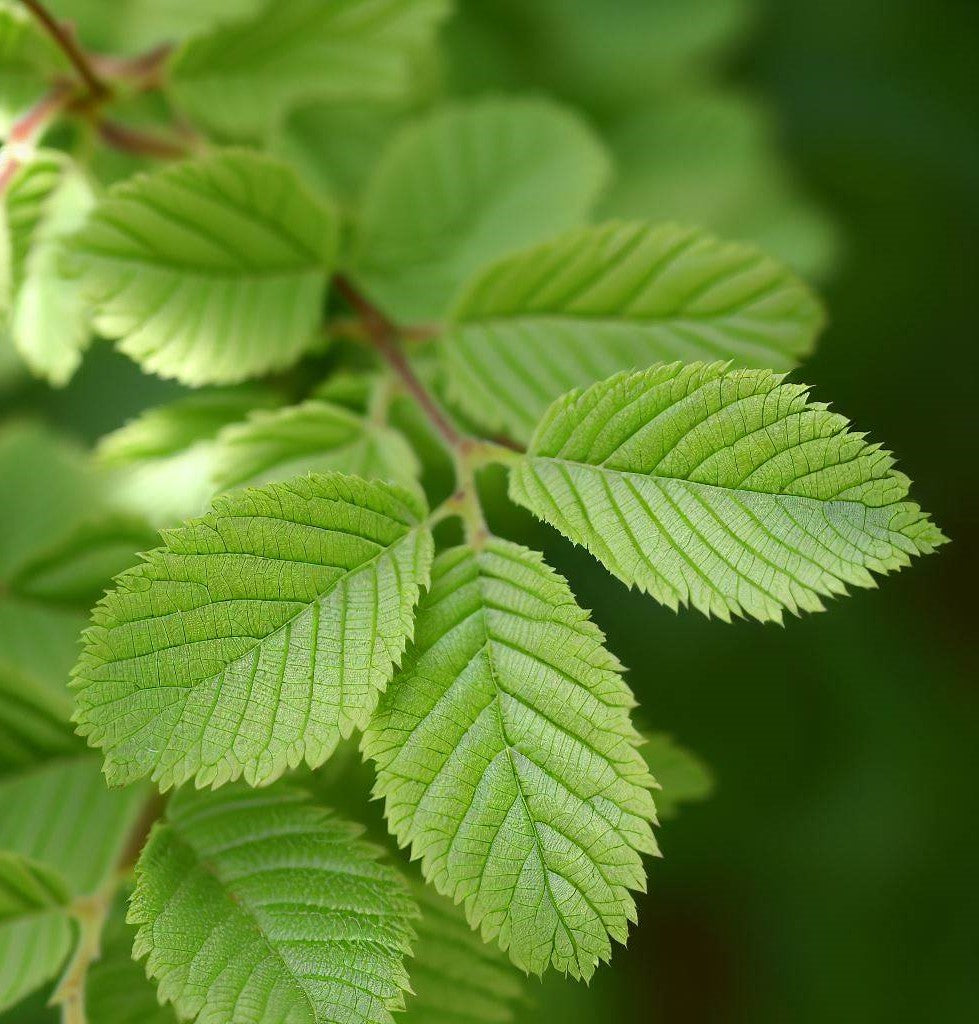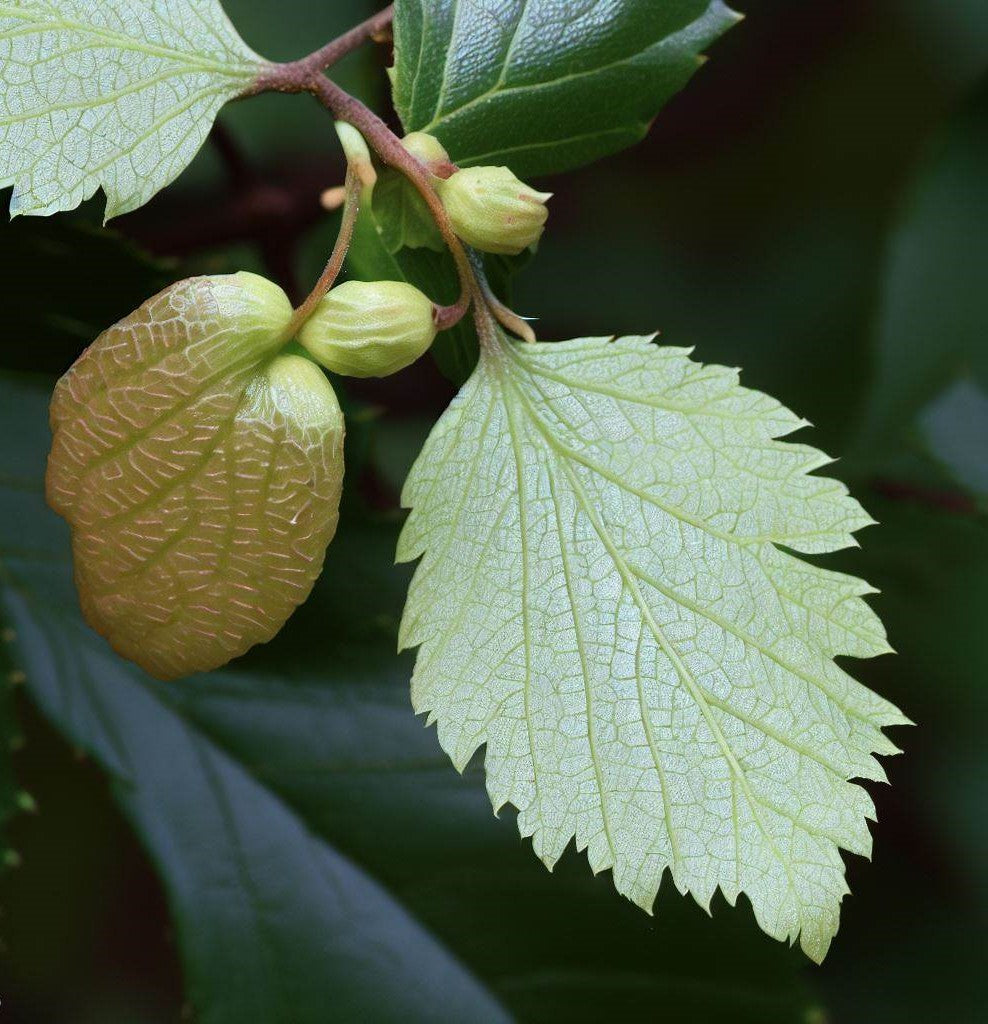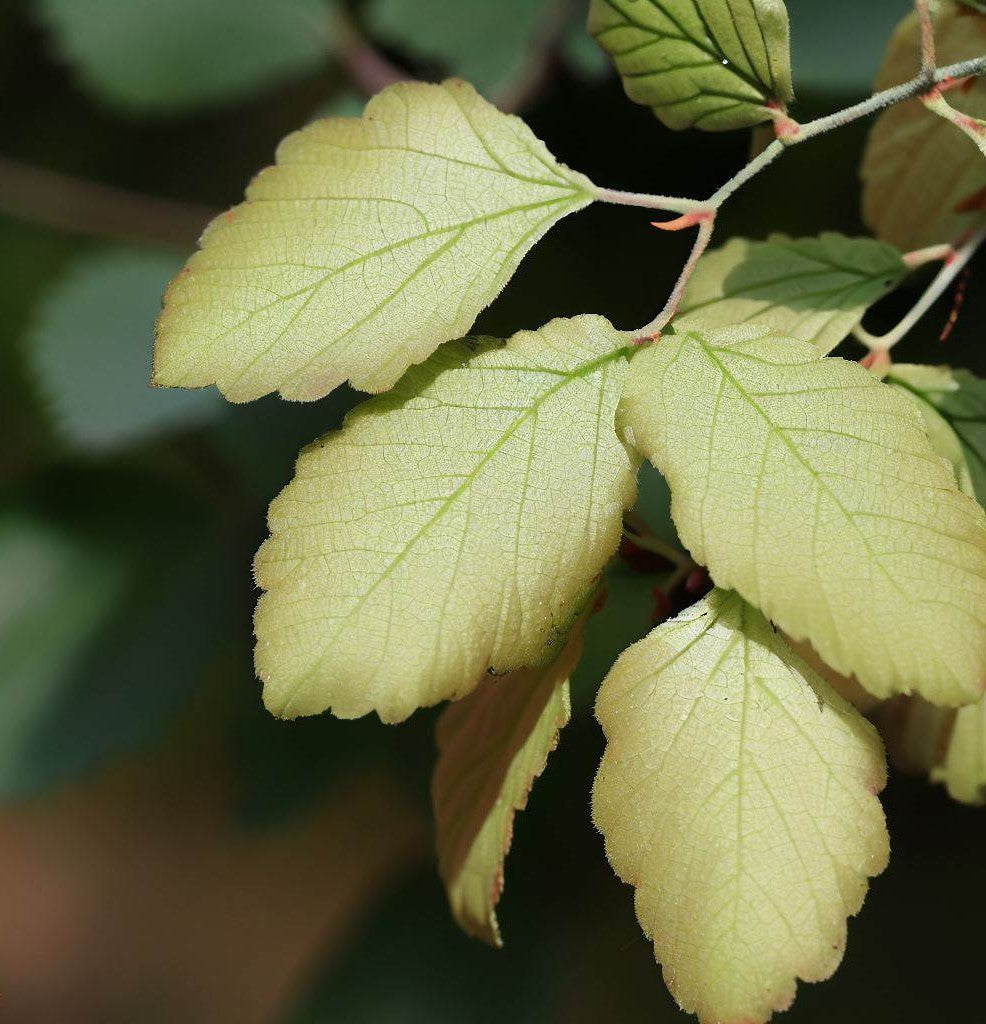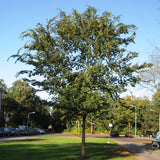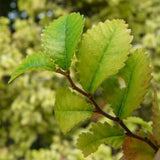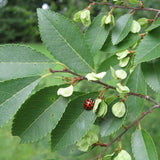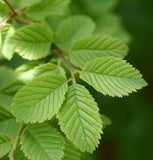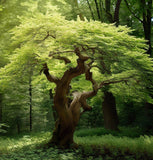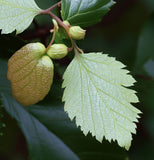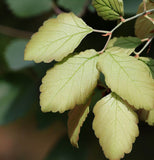Ulmus parvifolia (winged) (Chinese Elm, Lacebark Elm)
Ulmus parvifolia (winged) (Chinese Elm, Lacebark Elm) is a deciduous tree that belongs to the Ulmaceae family. It is native to eastern Asia, including China, Japan, and Korea. Chinese Elm is widely cultivated and appreciated for its attractive bark, small leaves, and ability to adapt to various growing conditions.
Appearance: Chinese Elm is a medium-sized tree that typically reaches a height of 40 to 60 feet (12 to 18 meters), although some specimens can grow taller. It has a rounded crown with graceful arching branches. The bark of mature trees is mottled and exfoliates, revealing patches of different colors, including shades of gray, brown, orange, and green.
Leaves: The leaves of Chinese Elm are small and alternate, measuring around 0.5 to 2 inches (1.3 to 5 cm) in length. They are elliptical or ovate with serrated edges. The leaves are glossy green in color and turn yellow in the fall before dropping.
Flowers: Chinese Elm produces small, inconspicuous flowers in late summer or early fall. The flowers are usually greenish-yellow and appear in clusters. However, they are not particularly showy or ornamental.
Seeds and Fruits: Following flowering, Chinese Elm develops small, rounded fruits that are about 0.25 inches (0.6 cm) in diameter. These fruits contain a single seed surrounded by a papery wing, hence the tree's common name "winged elm." The winged seeds are dispersed by wind.
Growth and Adaptability: Chinese Elm is known for its adaptability and resilience. It can thrive in a wide range of soil conditions, including poor, compacted, or alkaline soils. It is also relatively tolerant of drought, heat, and air pollution. Due to its versatility, Chinese Elm is commonly used as a street tree, shade tree, or bonsai specimen.
Uses: Chinese Elm is highly valued for its ornamental qualities. The attractive bark with its mottled patterns and peeling texture adds visual interest to the tree, especially during the winter months. Its small leaves and graceful form make it popular for landscaping purposes. Chinese Elm is also commonly used for bonsai cultivation due to its ability to develop a fine ramification of branches.
Botanical Name : Ulmus parvifolia (winged)
Common Name : Chinese Elm, Lacebark Elm
Height : 40- 60 ft
Spread : 30- 40 ft
Germination Info : 30-60 days cold moist stratification recommended.
Hardiness zone : 5-8
Average seed per ounce : Approx. 7500



